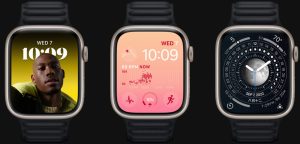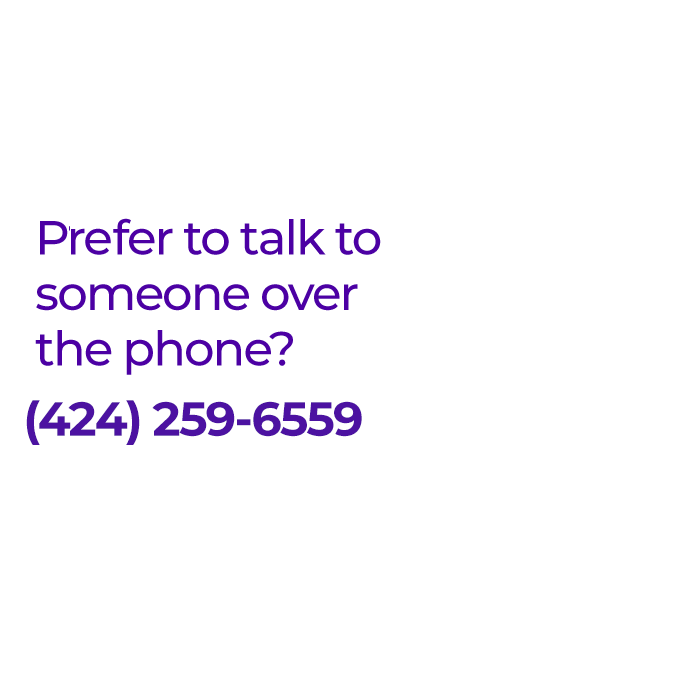I am writing from our 28th Annual Advances in Diagnosis and Treatment of Sleep Apnea and Snoring course in Orlando, Florida. This is our first in-person course since 2019, and it was wonderful to be together. I do think more and more educational events will be offered virtually, as it increases access for people who cannot (either because of cost or logistics) attend in person. That being said, coming together has some important social and intellectual benefits that I have missed. Here I share some of my highlights of the course, focusing mostly on the non-surgical presentations.
Nalaka Gooneratne, MD, MSc from the University of Pennsylvania Penn) spoke about insomnia treatment. He described his use of a combination of cognitive behavioral therapy (whether online or in-person) in combination with the use of wearable devices to document sleep patterns (consistent sleep schedule and amount of sleep time). The wearable devices can monitor consistent sleep times that are one part of cognitive behavioral therapy. He also summarized some of the evidence on alternative therapies to treat insomnia, pointing out that there is evidence supporting melatonin, mindfulness, and tai chi but no real support for various herbal medications.
Dr. Gooneratne also has expertise in obstructive sleep apnea in older adults (over the age of 60 years). Obstructive sleep apnea is more common among older adults, although the reasons for this are not entirely clear. One question is whether obstructive sleep apnea needs to be treated in quite the same way. In short, there are many older adults who have blockage of breathing but do not have symptoms (sleepiness, fatigue) or significant cardiovascular disease. These individuals may not be experiencing the potential consequences of sleep apnea. There is also the question of whether treating the sleep apnea, by itself, may not change outcomes because of other health concerns. A final note, however, is that I did not realize that older adults with obstructive sleep apnea and high blood pressure have shown a greater improvement in blood pressure than younger individuals.
Cathy Goldstein, MD, MS from the University of Michigan spoke about consumer-facing medical technologies. She made a strong argument in favor of using wearable devices instead of self-report (just asking patients questions) to track sleep patterns and sleep duration. These wearable devices work by recording motion and pulse rate (using photoplethysmography, or PPG), with mathematical processing generating data related to sleep (sleep time, sleep depth). She discussed the evidence related to accuracy of these devices, indicating that devices are good at detecting sleep but not so good at identifying periods when a person is not sleeping; the result is that they tend to overstate sleep time. Their measurement of the depth of sleep (light vs. deep) has not proven to be very accurate. Finally, oxygen saturations from consumer devices is likely highly INaccurate, as it uses a different method than medical-grade devices that are held to higher standards.

Dr. Goldstein later spoke about artificial intelligence in sleep medicine. Interpretation of in-laboratory sleep studies (polysomnograms) has been examined, with machine learning performing as well as human-human agreement within the same center. It has the potential to identify new features seen on sleep studies that may be associated with specific impacts of sleep apnea, such In a different potential application, I have participated in the use of machine learning to score drug-induced sleep endoscopy. While artificial intelligence will never replace human-human interaction in patient care, there has been real progress in harnessing the power of the data that we are collecting to improve patient care.
Indira Gurubhagavatula, MD, MPH from Penn spoke about COVID and sleep disorders. The most interesting study she cited was a literature review suggesting that obstructive sleep apnea was associated with an approximately 70% increase in the odds of developing a serious complication after COVID-19 infection. It certainly agrees with my strongly encouraging my sleep apnea patients, in particular, to stay updated with their vaccinations against COVID-19. She also presented a study showing that immune response after Hepatitis A and influenza vaccines was greater when the vaccines were received in the morning vs. afternoon, suggesting that maybe we should receive all vaccines in the morning.
Diane Lim, MD, MTR from the University of Miami presented her work related to obstructive sleep apnea and cancer. This potential connection has been an area of interest over the past decade, based on Spanish and Taiwanese studies suggeting a possible association between solid tumors (especially lung cancer) and untreated obstructive sleep apnea (primarily the amount of time with oxygen saturation levels below 90% but not the apnea-hypopnea index). She eloquently presented the mechanism: repeated, intermittent drops in oxygen levels (also known as chronic intermittent hypoxia) that suppress the immune system and promote growth of cancer cells.
She also spoke about caffeine. Caffeine works to help us stay awake as what is called a receptor blocker for a chemical in the brain called adenosine. Because adenosine signals the brain to sleep by preventing release of a neurotransmitter called acetylcholine, caffeine prevents this and prevents the brain from producing sleepiness. It turns out that caffeine also increases glutamate (learning, memory) and dopamine (movement, executive function, and reward). These benefits are generally seen with limited use (there can be tolerance) and not misuse (enabling chronic sleep deprivation). Overall, she recommended drinking up to 3 cups of coffee a day and not more than 6 cups a day (health risks). I do not drink coffee myself because I just do not like the taste, but I was intrigued.
Charles Bae, MD, MHCI from Penn spoke about cannabis and sleep. Research is limited because of the (il)legal status of cannabis at the federal level. Most of the work medically has been done with CBD instead of THC. The Phase II PACE Study showed limited improvements in obstructive sleep apnea after treatment with dronabinol (a cannabinoid). The CANSLEEP study to evaluate CBD as a therapy for sleep apnea is underway, and we look forward to seeing those in the future. I do know that everything related to cannabinoids is much more complicated than this makes it seem, but I defer to other experts in this field. He later spoke about the massive reduction in carbon footprint that is associated with telemedicine. I think telemedicine is fantastic for many patient visits and use it extensively, including with video consults.
Allan Pack, MCChB, PhD from Penn shared work from his team and others regarding different clusters of sleep apnea patients, whether based on genetics or symptoms. He shared evidence that has been advanced to support the argument that obstructive sleep apnea – even severe obstructive sleep apnea – may not require treatment in individuals who are not sleepy and who do not have cardiovascular disease.
Dr. Pack also shared key publications from the past year. He spoke about the final report released by the Agency for Healthcare Research and Quality about outcomes of CPAP therapy. This report indicated that randomized, controlled trials have not provided evidence that CPAP affects long-term, clinically important outcomes but then went far beyond the scientific assessment to suggest that prescribing CPAP is unethical. He correctly pointed out that their evaluation was fundamentally flawed. First, they ignored all symptomatic changes which ARE clinically important. Second, they ignored clinical outcomes like blood pressure. He also summarized work related to the use of medications to treat sleep apnea and the evidence related to hypoxic burden, a measure of the duration and degree of drops in oxygen levels associated with obstructive sleep apnea.
Atul Malhotra, MD from the University of California, San Diego and Richard Schwab, MD from Penn presented a wonderful Pro/Con debate about the use of clinical phenotypes (symptoms) and endotypes (causes) in the treatment of obstructive sleep apnea. I recently was awarded an R01 grant from the National Institutes of Health related to endotypes and palate surgery, so it was of particular interest to me. While this is not ready for broad application in treating patients, the key will be whether this approach is used to treat large patients successfully; this is the purpose of our research.
Ron Mitchell, MD from the University of Texas Southwestern and Children’s Health spoke about changes in pediatric obstructive sleep apnea. He shared that tonsillotomy (also known as intracapsular tonsillectomy) is becoming as common as traditional tonsillectomy (extracapsular tonsillectomy). He presented an update about the fact that many children with sleep apnea can produce behavior changes that include hyperactivity and difficulty with attention, making this similar to behaviors seen in attention-deficit disorder or attention-deficit hyperactivity disorder; importantly, about 50% of those children with sleep apnea undergoing surgery (tonsillectomy or adenotonsillectomy) will have resolution of those symptoms.
David Kent, MD from Vanderbilt University presented his fantastic work related to nerve stimulation of the ansa cervicalis for the treatment of obstructive sleep apnea. He has performed this work systematically, showing it has real potential to transform our approach to neurostimulation and move beyond stimulation of the hypoglossal nerve alone.




James Poulos says:
Dr.Kezirian – Thank you for putting out all of this content. I was wondering if there might be a sleep doctor / ENT in Chicago that you would recommend? I’m 29, otherwise healthy, and nobody can seem to figure out how to treat my sleep apnea (other than suggesting that I simply don’t have a problem). At this point, I’m willing to do almost anything to fix my problem. Any help would be greatly appreciated!